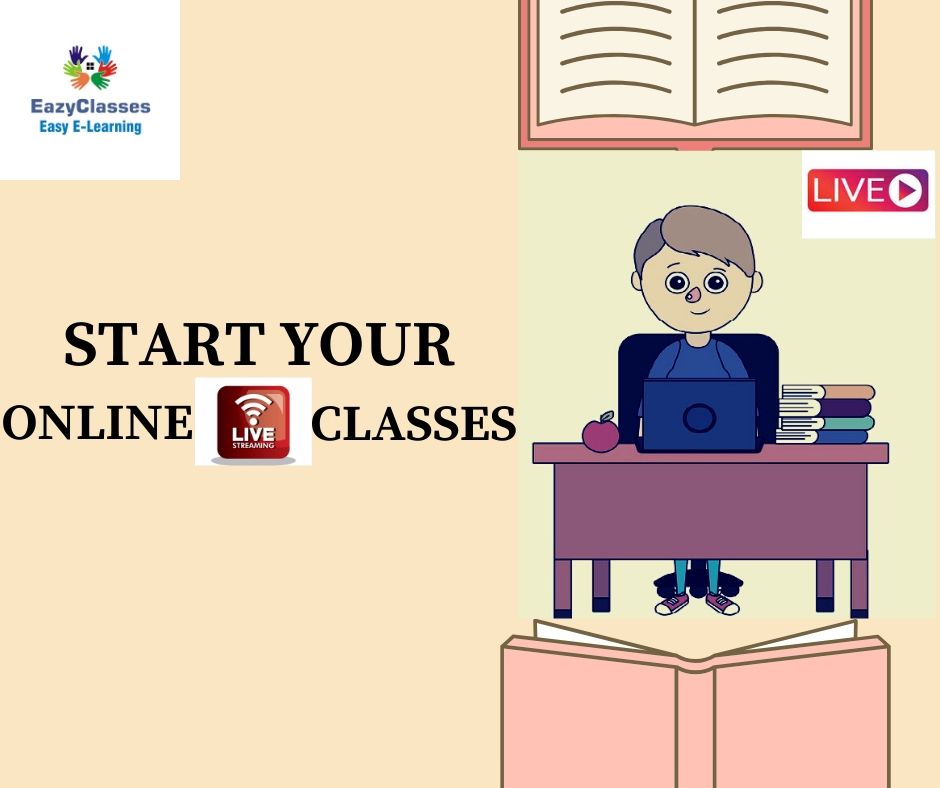The Rise of Online Tuition: A Comprehensive Guide for Primary Classes
Related Articles: The Rise of Online Tuition: A Comprehensive Guide for Primary Classes
Introduction
With great pleasure, we will explore the intriguing topic related to The Rise of Online Tuition: A Comprehensive Guide for Primary Classes. Let’s weave interesting information and offer fresh perspectives to the readers.
Table of Content
The Rise of Online Tuition: A Comprehensive Guide for Primary Classes

The digital age has transformed education, and online tuition has emerged as a powerful force, particularly in the realm of primary classes. This article delves into the intricacies of online tuition for primary classes, exploring its benefits, challenges, and the essential considerations for both educators and parents.
The Shift to Online Learning
Traditional classroom settings have long been the primary mode of education. However, the advent of the internet and the widespread adoption of technology have opened up new avenues for learning. Online tuition, with its flexible schedule, personalized learning experiences, and access to a wider pool of educators, has become an increasingly popular option for parents seeking quality education for their children.
Benefits of Online Tuition for Primary Classes
1. Personalized Learning: Online tuition allows educators to tailor their teaching methods to the unique needs and learning styles of each student. This personalized approach ensures that students receive the right level of support and challenge, fostering a deeper understanding and engagement.
2. Flexibility and Convenience: Online tuition offers unparalleled flexibility, allowing students to learn from the comfort of their homes at their own pace. This eliminates the need for commutes, reduces stress, and allows students to integrate learning seamlessly into their daily lives.
3. Access to Expert Educators: The online platform connects students with a diverse range of qualified educators from across the globe. This expanded pool of talent provides access to specialized expertise and a wider range of teaching styles, enriching the learning experience.
4. Interactive Learning Environments: Online platforms offer a range of interactive tools and resources, such as virtual whiteboards, interactive quizzes, and gamified learning experiences. These engaging tools enhance learning by making it more dynamic and enjoyable.
5. Enhanced Communication and Collaboration: Online platforms facilitate seamless communication between educators, students, and parents. Regular updates, progress reports, and feedback mechanisms ensure everyone is informed and involved in the learning process.
Challenges of Online Tuition for Primary Classes
1. Maintaining Student Engagement: Keeping young learners engaged in an online environment can be challenging. Educators need to employ creative teaching strategies, incorporate interactive elements, and ensure regular breaks to prevent screen fatigue.
2. Technological Barriers: Access to reliable internet connectivity and suitable devices is essential for successful online learning. Ensuring that students have the necessary equipment and technical support is crucial.
3. Social Interaction: While online platforms offer opportunities for virtual interaction, it is important to create opportunities for real-world social interaction to foster healthy social development.
4. Parent Involvement: Active parental involvement is vital for online learning success. Parents need to provide a supportive learning environment, monitor progress, and engage with educators to ensure their child’s needs are met.
5. Curriculum Alignment: Ensuring that online tuition aligns with the curriculum standards and learning objectives of the student’s school is essential for a smooth transition between online and offline learning.
Choosing the Right Online Tuition Platform
1. Accreditation and Reputation: Look for platforms with a proven track record, accredited by reputable organizations, and endorsed by educational institutions.
2. Curriculum and Teaching Methodology: Ensure the platform offers a comprehensive curriculum that aligns with the student’s grade level and learning objectives.
3. Educator Qualifications and Experience: Verify the qualifications and experience of the educators on the platform. Look for educators with expertise in primary education and a proven track record of success.
4. Technological Features and Support: Assess the platform’s technological capabilities, including interactive tools, communication features, and technical support.
5. Cost and Payment Options: Compare the cost of different platforms and ensure the payment options are convenient and secure.
FAQs on Online Tuition for Primary Classes
1. Is online tuition suitable for all primary students?
Online tuition can be beneficial for many primary students, but it is crucial to consider individual learning styles and needs. Some children may thrive in a structured online environment, while others may require more in-person interaction.
2. How can I ensure my child stays engaged in online lessons?
Educators employ various strategies to maintain student engagement, including interactive activities, gamified learning, and frequent breaks. Parents can also encourage their children to participate actively and provide a supportive learning environment.
3. What are the potential downsides of online tuition?
Potential downsides include the need for reliable internet access, the potential for screen fatigue, and the importance of fostering social interaction outside of the online environment.
4. How can I monitor my child’s progress in online tuition?
Most online platforms provide regular progress reports, communication channels with educators, and opportunities for feedback. Parents should actively engage with the platform and communicate with educators to monitor their child’s progress.
5. What are the best online tuition platforms for primary classes?
There are numerous reputable online tuition platforms available. It is recommended to research different options and select a platform that best suits your child’s specific needs and learning style.
Tips for Effective Online Tuition for Primary Classes
1. Establish a Dedicated Learning Space: Create a quiet and comfortable space for online learning, free from distractions.
2. Set Clear Expectations: Communicate clear expectations regarding online behavior, attendance, and participation.
3. Encourage Active Participation: Encourage your child to ask questions, engage in discussions, and participate in interactive activities.
4. Monitor Screen Time: Limit screen time and ensure regular breaks to prevent eye strain and fatigue.
5. Foster Social Interaction: Encourage your child to connect with other students through online communities or extracurricular activities.
Conclusion
Online tuition has revolutionized primary education, offering a multitude of benefits, including personalized learning, flexibility, access to expert educators, and interactive learning environments. However, it is essential to address the challenges associated with online learning, such as maintaining engagement, ensuring technological access, and fostering social interaction. By carefully selecting a reputable platform, creating a supportive learning environment, and actively engaging with the process, parents can leverage the transformative power of online tuition to empower their children’s educational journey.








Closure
Thus, we hope this article has provided valuable insights into The Rise of Online Tuition: A Comprehensive Guide for Primary Classes. We appreciate your attention to our article. See you in our next article!